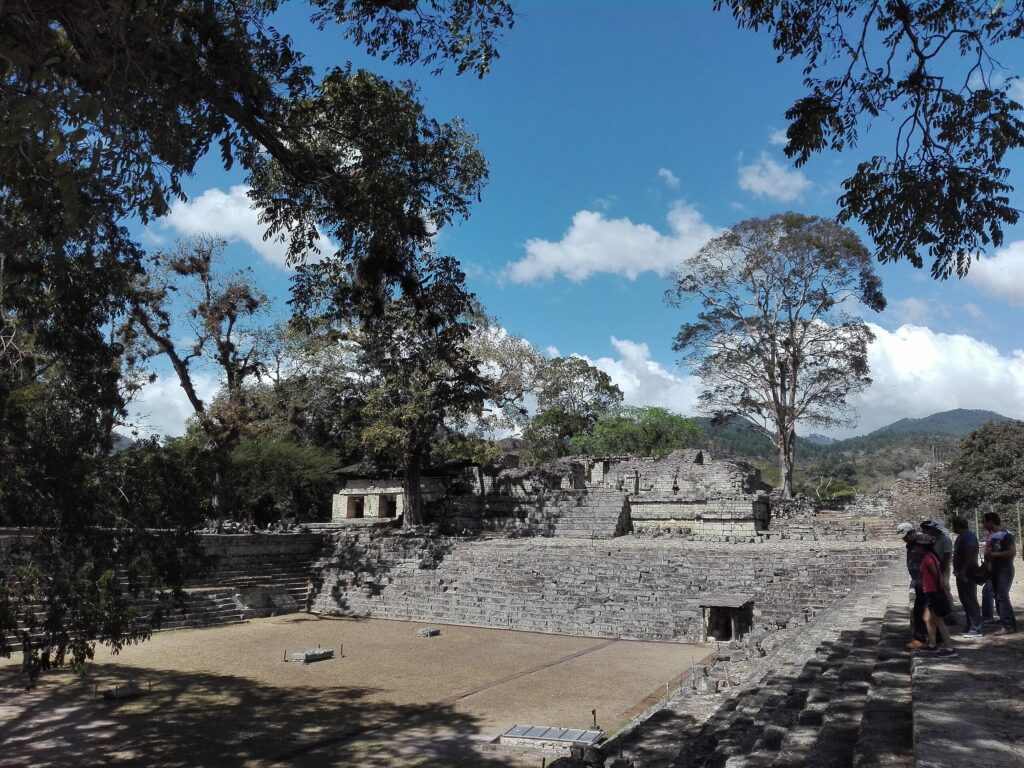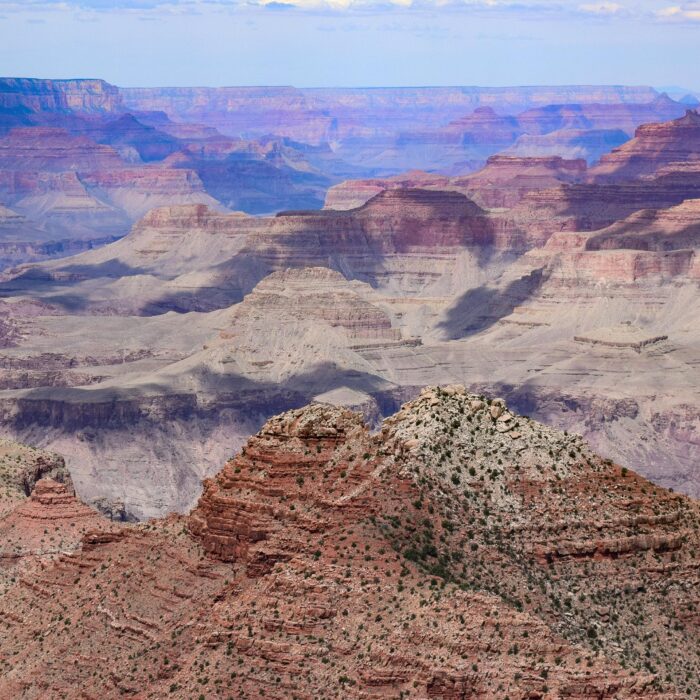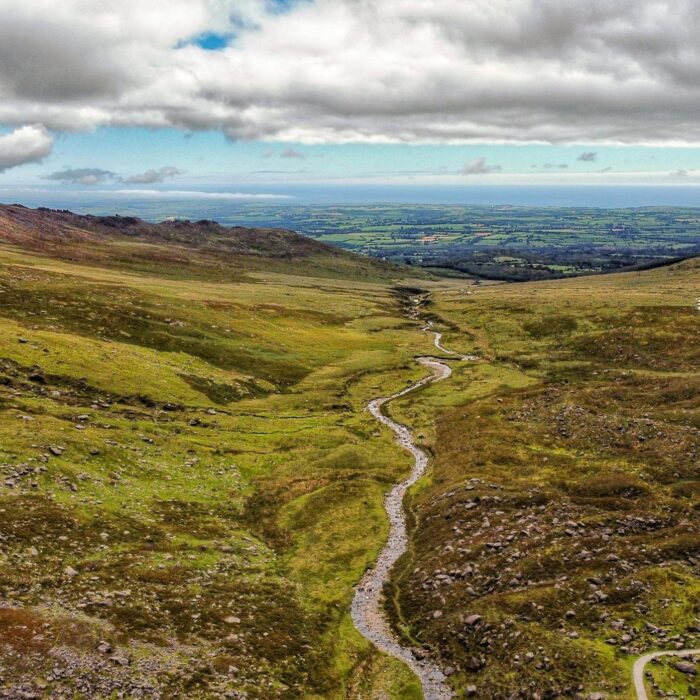Honduras is a country in Central America, located in the north of the continent. Its eastern shore is washed by the Caribbean Sea, and to the south and west it borders Nicaragua, El Salvador and Guatemala. The capital of Honduras is Tegucigalpa. Honduras is a country with a rich culture and natural resources, but also with a number of social and economic challenges that it must contend with in order to achieve stability and sustainable development.
For your convenience, go straight to the facts about Honduras that interest you:
- 10 fun and interesting facts about Honduras
- 10 boring facts about Honduras
- Interesting places in Honduras for tourists
10 fun and interesting facts about Honduras
- The name “Honduras” comes from the Spanish word “fondura”, which can be translated as “depth” or “deep bay”. This name was given to the country by Spanish colonizers in the 16th century because of its coastal areas rich in deep bays.
- Taking soccer seriously. There was a war between Honduras and El Salvador over soccer: The “Soccer War” or “War of the 100 Hours” broke out in 1969 between Honduras and El Salvador and had as its catalyst a soccer match between the national teams of both countries in a World Cup qualifier where the El Salvador team was defeated.
- One of the most famous archaeological sites in Honduras is the ruins of Mayan structures in Copan. Here you can find the pyramid of Structure 16 (Structure 16), as well as a magnificent acropolis with numerous steles, altars and sculptural elements. The stelae of Copan have intricate and detailed carvings of rulers and mythological scenes from Mayan history. Kopan played an important role in deciphering the Mayan script.
- The legend that pirate captain William Kidd hid his treasures, including gold and jewelry, on an island in Honduras formed the basis of Robert Stevenson’s famous novel Treasure Island. The legend of Kidd’s treasure remains one of the many mysteries of sea stories and pirate legends.
- The name of the national currency of Honduras, the lempira (Lempira), is associated with a historical figure from the period of contact between the Amerindian peoples and the Spanish colonizers. Lempira was an Indian chief of the Lenca tribe that inhabited the present-day region of Honduras. He led a war against the Spanish colonizers, defending his land and people from outside invasion. Despite his resistance, Lempira was captured and executed by the Spanish conquerors. To commemorate the deeds of this Indian leader and symbol of resistance, Honduras decided to name its national currency in his honor
- There is a “fish rain” in Honduras. This is a rather unusual phenomenon that happens in various places around the world. One such place is the department of Yoro in Honduras. In Honduras, this phenomenon usually occurs in early summer. Legend links this phenomenon to ancient beliefs and traditions. Locals consider the fish rain as a blessing and rise in the eyes of the fish as a sign of natural abundance. Residents collect the fallen fish and use them as food, as well as in religious and traditional rituals.
- Honduras has one of the most impressive natural treasures – the largest living coral reefs in the world. These reefs stretch along the coast of Honduras and belong to the Mesoamerican Barrier Reef System. The many diving locations attract divers from all over the world. The waters in this region are crystal clear and the underwater world is inhabited by a variety of marine life, from colorful corals to a variety of fish species, sea turtles, rays, sharks and more.
- Honduras is famous for “pupusas” and the many restaurants and tents where you can enjoy this traditional dish. “Pupusas” is a traditional flatbread-like dish made with cornmeal. Pupusas are filled with a variety of fillings, but the most common are butter, beans, cheese, pork, chicken, or a combination of these. “Pupucerias (places where pupusas are made) are often popular lunch and dinner destinations, and these delicious corn tortillas with a variety of fillings are an important part of Honduras’ culinary heritage.
- Honduras is often referred to as the “banana republic”. The term “banana republic” has also sometimes been used in the past to describe Central American countries with economies centered on the cultivation and export of bananas, often accompanied by political and social instability. Honduras is the world’s second largest banana exporter after Ecuador.
- The flag of Honduras has historical ties to the Federal Republic of Central America. The Federal Republic of Central America was created in the early 19th century and included several countries, including Honduras. After the dissolution of this federation, the countries gained independence. The flag of Honduras was inspired by the flag of the Federal Republic of Central America, and therefore has a similar design.

10 boring facts about Honduras
- The population of Honduras is 10.59 million as of 2023. It continues to grow and will reach 15.6 million by 2080.
- The climate is tropical, with variations based on altitude. Coastal areas tend to be hot and humid, while higher elevations can be more temperate.
- Spanish is the official language of Honduras.
- The capital and largest city of Honduras is Tegucigalpa. It is a major political and economic hub.
- Honduras gained independence from Spain on September 15, 1821, and it is celebrated as the National Day.
- Honduras has experienced high levels of crime in the past, and in some security rankings of countries around the world, it has been among those with high crime rates. Crime in Honduras can take many forms, including street violence, robbery, kidnapping, and drug cartel activity.
- In Honduras, as in other Central American countries, there is a tradition of referring to the inhabitants not only by name, but also adding a specification of their occupation. This peculiarity of linguistic turnover may reflect the sociocultural aspects of the society, which emphasizes people’s social and professional roles.
- Honduras has laws prohibiting smoking in public places. These measures are designed to protect public health and include a ban on smoking inside buildings, on public transportation, and in other enclosed public places.
- The presidential term in Honduras was limited to one re-election, which provides a maximum presidency of four years. Term limits can serve as a means to mitigate the risks of authoritarianism and promote democratic institutions.
- The highest point in Honduras is Mount Picaso (Pico Bonito), which is located in the Pico Bonito National Park. The mountain is approximately 2,435 meters (7,989 feet) above sea level.

Interesting places in Honduras for tourists
Honduras offers a variety of interesting places that showcase its natural beauty, cultural heritage, and historical significance. Here are some interesting places to visit in Honduras:
- Copán Ruins: Located near the border with Guatemala, the Copán Ruins are an archaeological site of the ancient Maya civilization. The site is known for its intricately carved stelae, altars, and hieroglyphic stairway.
- Roatán: This Caribbean island is part of the Bay Islands and is known for its stunning coral reefs, making it a popular destination for diving and snorkeling. The island also offers beautiful beaches and a relaxed atmosphere.
- Pico Bonito National Park: This national park is known for its diverse ecosystems, including rainforests, rivers, and mountains. It’s a great destination for nature lovers, offering hiking trails and opportunities for birdwatching.
- Lanquin and Semuc Champey: Located in the Alta Verapaz region, close to the Honduran border, Semuc Champey is a natural monument with turquoise pools cascading down limestone formations. Lanquin is a nearby village often used as a base to explore Semuc Champey.
- Cayos Cochinos: This group of small islands is a marine biological reserve in the Caribbean. It’s known for its coral reefs, clear waters, and diverse marine life. The islands are accessible by boat and offer a peaceful escape.
- La Ceiba: Often referred to as the “Friendship City,” La Ceiba is a coastal city with lively Carnival celebrations. It serves as a gateway to the Bay Islands and Pico Bonito National Park.
- Gracias: This colonial town is rich in history and surrounded by mountains. Attractions include the San Cristobal Fort and the colonial-era church, La Merced.
- Lake Yojoa: The largest lake in Honduras, Lake Yojoa is surrounded by lush landscapes and offers opportunities for birdwatching. The area has coffee plantations and is known for its diverse flora and fauna.
- Comayagua: This colonial city has preserved its historic architecture. The Comayagua Cathedral with its astronomical clock is a notable attraction.
- Guancascos Cave: Located near the town of Omoa, this cave system features underground rivers and chambers, making it an interesting destination for spelunking enthusiasts.

If you are planning to travel independently in Honduras by car, you need to know that U.S. driver’s license holders generally do not need an International Driving Permit (IDP) to temporarily stay and drive in Honduras. Generally, a foreign driver’s license, provided it is valid and in English, is recognized as a document that allows driving for a short period of time.

Published November 24, 2023 • 7m to read




